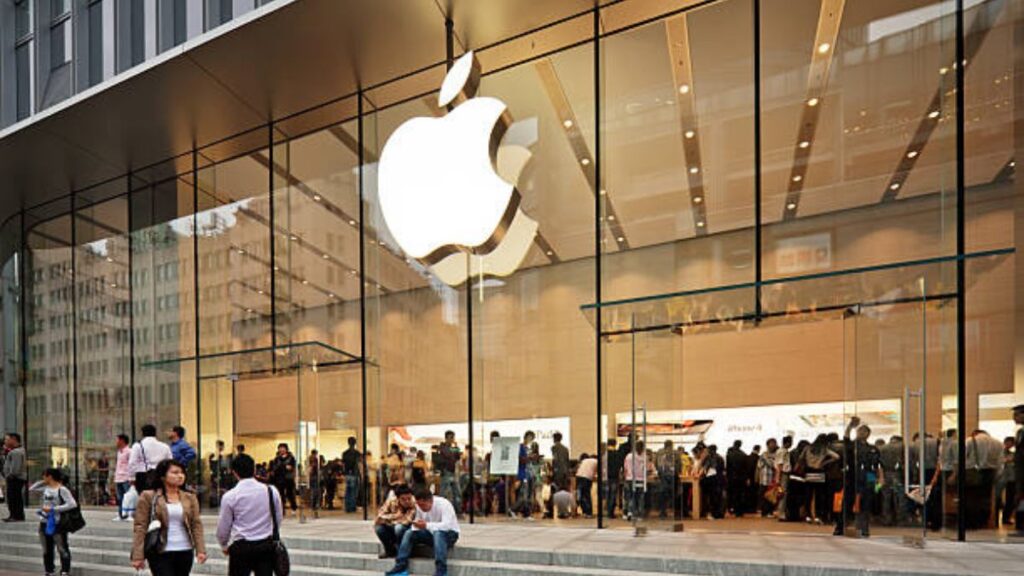A few days after the Hubble Space Telescope confirmed that Jupiter atmosphere at the Great Red Spot was speeding up, NASA was set to launch a spacecraft to investigate Trojan asteroids orbiting the largest planet in the solar system.
The place, called Lucy, will be unveiled on October 16 as the American company fills it with gasoline to be fitted to the cone before its launch.
Lucy’s team members spent the past eight weeks at Nasa’s Kennedy Space Center in Florida, preparing for a spacecraft.
Prior to the planned launch, engineers had conducted several checks on the spacecraft, electrical, and thermal systems and tried to track the launch of the Kennedy and Lokheed Martin Space missions in Littleton.
“With Lucy, we are going to eight asteroids that have not been seen in 12 years in a single spacecraft. This is a great opportunity to discover as we explore the past of our solar system, ”said Tom Statler, a project scientist for Lucy.
Engineers have also installed a highly spacecraft antenna, which is the second most prominent feature after several solar systems, which will allow the spacecraft to connect with Earth in August.
WHY DO WE NEED TO STUDY ASTEROID’s Around JUPITER?
Asteroid locusts, named after Greek mythological characters, surround the Sun in two crowds, with one group leading Jupiter on its way, the other following behind.
These machines take their name from the ancestor of a man who was named “Lucy” by his finders, their bones giving a different understanding to human evolution.
Trojan asteroids are found around Jupiter, which is believed to have been formed by the same material that first formed the planets outside our solar system.
By studying these asteroids closely, scientists hope to sharpen their theories on how the planets of our solar system formed 4.5 billion years ago and why they are still in their current state.
Scientists believe that they can also enrich water and other variables covered with a blanket.
During the 12-year operation following the launch, the spacecraft will learn about as many asteroids in the fossil fuels flying with one large asteroid belt and seven Trojan asteroids.
Lucy will incorporate three Earth-gravity aids (using Earth’s gravitational force to mimic) to reach Trojan missions and accomplish this intended encounter.
LUCY PREPARATION PREPARATION
Lucy’s spacecraft will soon be parked in two parts of the launch car, which will close next to it. Engineers have filled the spacecraft with 750 pounds [725 kg] of liquid hydrazine and liquid, making up 40 percent of the spacecraft’s weight.
Nasa said the fuel would be used for specific routes that would propel Lucy to its space in time, while solar-powered school buses would replenish batteries that would use space equipment.
“Introducing the spacecraft is almost like sending a kid to college and doing his best to prepare for that big step independently,” said Hal Levison, chief investigator of Lucy’s work.
The spacecraft will be transferred to the Vehicle Integration Facility in the first week of October at the Cape Canaveral Space Force Station, where it will be detained at the United Launch Alliance Atlas V 401.
The launch of the spacecraft is scheduled for October 16 at 3.04 pm (IST) from Space Launch Complex 41.
Engineers will enable Lucy’s spacecraft to prepare for the project a few days before launch. “The spacecraft will always present the program and the engineering team will continue to monitor its health and condition to ensure that Lucy is ready to work,” said Jessica Lounsbury, Lucy’s program engineer.



